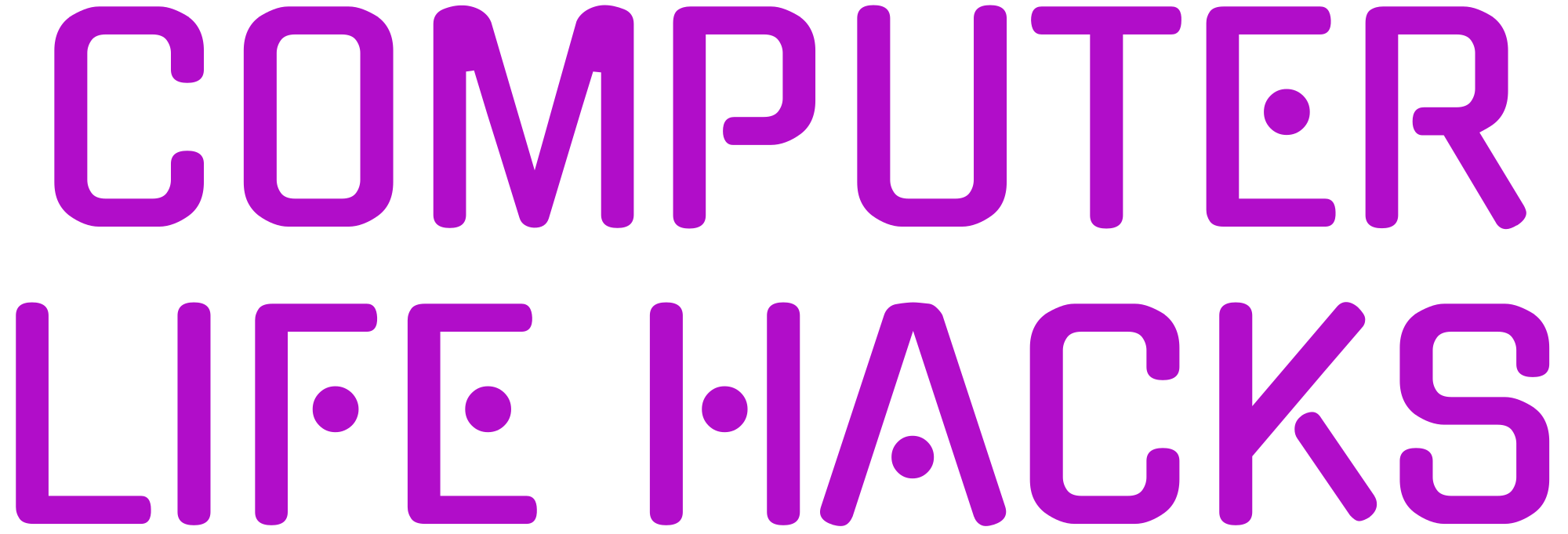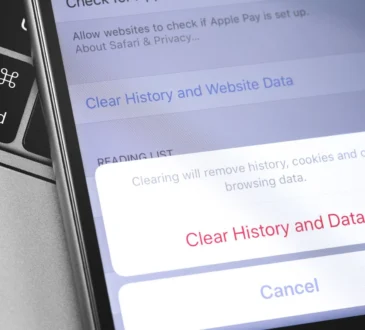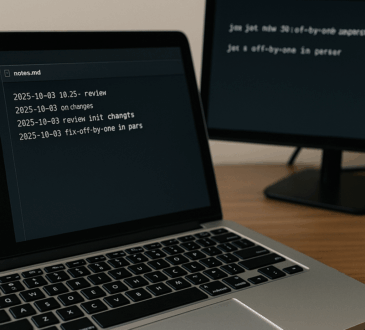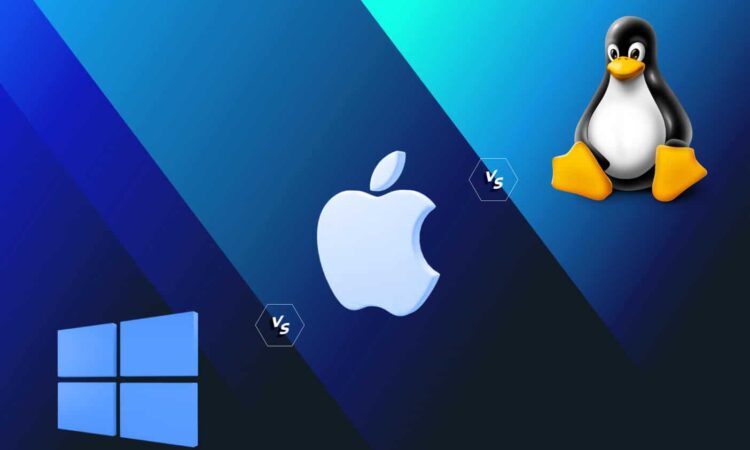
Choosing the right operating system (OS) can make a big difference in your computing experience, whether you’re a casual user, a professional, or a tech enthusiast. The decision ultimately comes down to what you need the system to do, your personal preferences, and your familiarity with each OS. The three most popular desktop operating systems are MacOS, Windows, and Linux—each with its own strengths and weaknesses.
In this guide, we’ll break down the pros and cons of Mac, Windows, and Linux, helping you make an informed decision about which OS is best for you based on your unique needs.
1. MacOS: The Premium Experience for Creators and Simplicity Seekers
MacOS, Apple’s proprietary operating system, is known for its sleek design, intuitive interface, and robust security features. Mac computers (MacBook, iMac, Mac Mini) are widely favored by professionals, particularly in fields like graphic design, video editing, and music production. If you value aesthetics, simplicity, and seamless integration with other Apple products, MacOS may be the right choice for you.
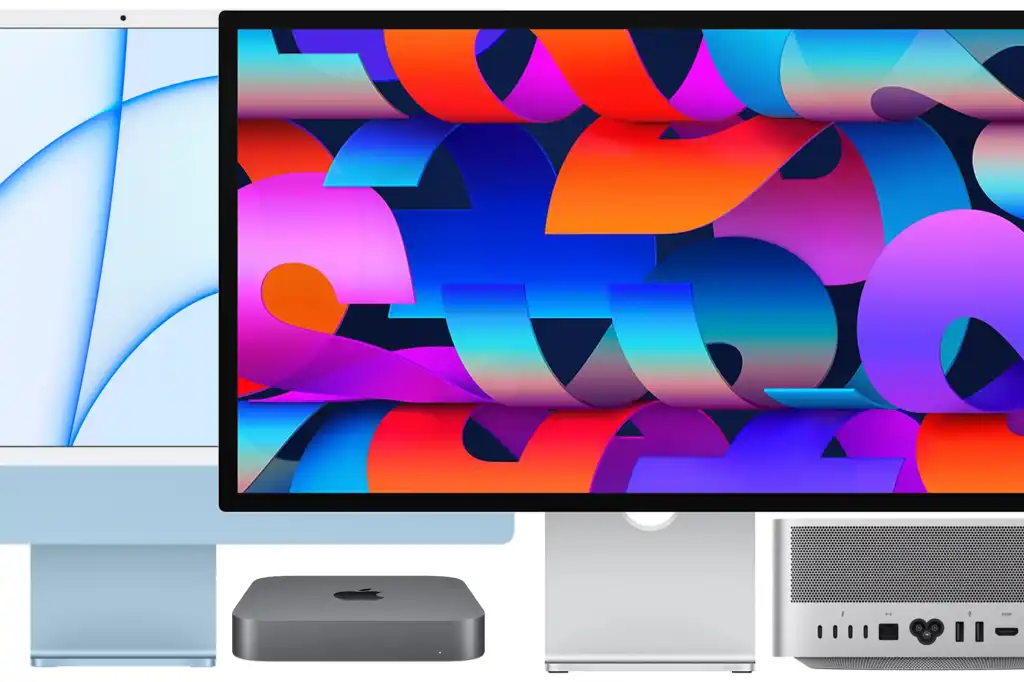
Pros:
- User Experience (UX): MacOS is known for its clean, user-friendly interface and polished design, making it a great choice for those who prioritize ease of use and simplicity.
- Performance and Reliability: MacOS is optimized for Apple hardware, ensuring smooth performance. Macs also tend to have longer lifespans compared to most PCs.
- Security: Apple’s tight control over hardware and software offers better security out of the box. Frequent updates and the macOS ecosystem reduce the likelihood of malware infections.
- Creative Software: MacOS is home to powerful creative applications like Final Cut Pro, Logic Pro, and Adobe Suite, making it the go-to platform for designers, photographers, videographers, and musicians.
- Ecosystem Integration: Apple’s ecosystem (iPhones, iPads, Apple Watches, etc.) offers seamless syncing across devices, making it easier to manage your files, apps, and data across multiple Apple devices.
Cons:
- Price: Apple computers are generally more expensive than comparable Windows PCs or Linux machines.
- Limited Hardware Choices: Macs come with pre-selected hardware configurations, which limits your ability to upgrade or customize components like RAM, storage, and GPU.
- Software Compatibility: While MacOS supports a wide range of software, certain programs, especially video games and specialized enterprise tools, may not be available or perform as well as they do on Windows.
- Gaming Limitations: Macs are not ideal for gaming, with limited support for AAA games, lower frame rates, and fewer gaming hardware options.
Best For:
- Creative professionals (graphic design, video editing, music production)
- Users who value simplicity and an elegant user interface
- Apple ecosystem users who already have iPhones, iPads, or Apple Watches
- Security-conscious individuals who want an OS with minimal maintenance
2. Windows: The Versatile, All-Purpose Operating System
Windows remains the most widely used operating system in the world, favored by both consumers and businesses for its versatility. Windows is a solid choice for almost any use case, from gaming and office work to development and multimedia. Whether you’re a casual user or a tech-savvy professional, Windows provides robust features and broad software compatibility.
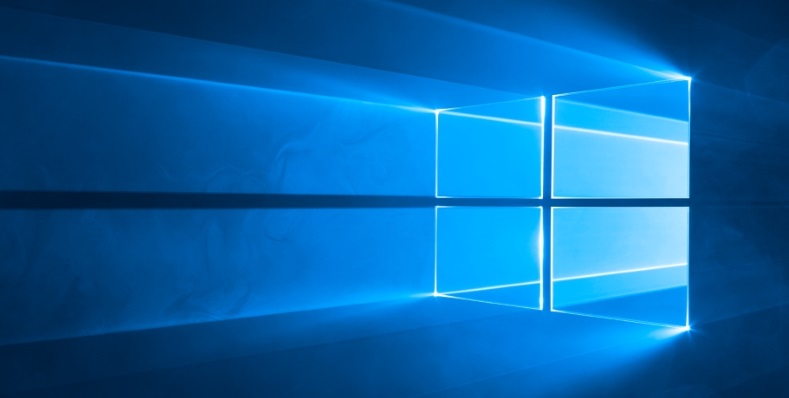
Pros:
- Software Compatibility: Windows supports the widest variety of software available, including productivity apps like Microsoft Office, development tools like Visual Studio, and entertainment software like Steam and Epic Games for gaming.
- Gaming Performance: Windows is the dominant platform for PC gaming, with support for AAA titles, mods, and high-end gaming hardware. Windows also supports DirectX, which optimizes performance for games.
- Customizability: Windows is highly customizable, allowing you to upgrade or replace hardware components like RAM, CPU, GPU, and storage. You can also install third-party software and drivers for specific use cases.
- Business and Enterprise Use: Windows is the go-to OS for businesses and enterprises. It’s compatible with a broad range of business software and is often required in corporate environments for applications like Office 365, AutoCAD, and SAP.
- Broad Hardware Support: Unlike Mac, Windows runs on a wide variety of devices, from budget-friendly laptops to high-end desktops, giving users plenty of options when selecting hardware.
Cons:
- Security Vulnerabilities: Windows is a popular target for malware, viruses, and other forms of cyber attacks. While Windows has improved security in recent years, it still requires more maintenance and vigilance, such as installing regular security updates and using antivirus software.
- Bloatware: Some Windows laptops come with pre-installed software that may be unnecessary, slowing down the system. However, this can often be removed manually.
- Updates and Patches: While Windows updates are generally essential, they can sometimes be intrusive and disrupt your workflow with unexpected restarts or forced installs.
- Resource-Heavy: Windows tends to require more system resources (CPU, RAM) compared to MacOS and Linux, especially if you’re running multiple applications simultaneously.
Best For:
- Gamers who want to play the latest titles with the best performance
- Professionals who need to use specialized software (e.g., engineering tools, office productivity apps)
- Casual users who want a wide variety of software options and hardware configurations
- Anyone who prefers customization and flexibility in their OS
3. Linux: The Open-Source Powerhouse for Tech Enthusiasts and Developers
Linux is an open-source operating system that is highly favored by developers, system administrators, and those who prefer full control over their system. With a wide range of distributions (Ubuntu, Fedora, Arch, etc.), Linux allows users to tailor their experience to meet specific needs. While it has a steeper learning curve than MacOS or Windows, it offers unparalleled flexibility and performance.
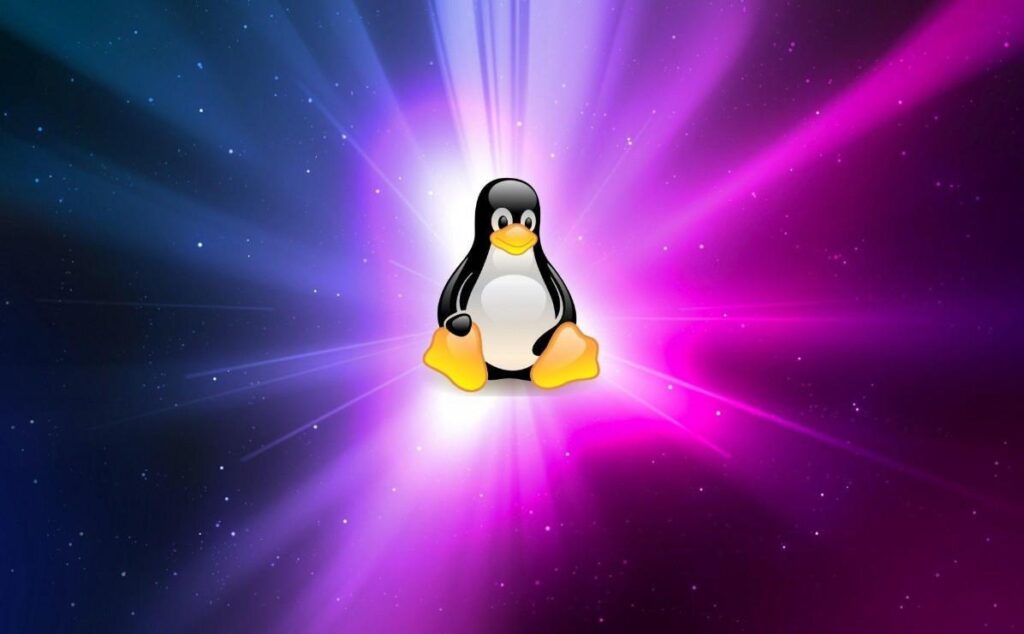
Pros:
- Open-Source and Free: Linux is completely free to use, and its open-source nature means anyone can contribute to the OS or modify it to suit their needs.
- Customization: Linux is the most customizable OS available. You can choose from numerous distributions (distros), customize the interface, and install only the software you need, making it ideal for users who want total control over their environment.
- Security: Linux is considered more secure than both MacOS and Windows due to its design and lower popularity among hackers. It is less prone to viruses, and its permission-based system makes it more difficult for malicious programs to compromise the system.
- Performance and Efficiency: Linux runs efficiently even on older hardware, and it can be streamlined for specific use cases. Linux distros like Ubuntu and Mint are lightweight, making them a great choice for low-resource systems.
- Great for Developers: Linux is a developer’s dream, with support for a wide range of programming languages, frameworks, and development tools. The terminal is a powerful tool, and Linux is preferred for web development, cloud computing, programming, and system administration.
- No Bloatware: Linux distributions come with minimal pre-installed software, so users can install only what they need.
Cons:
- Learning Curve: Linux has a steeper learning curve, especially for those who are accustomed to Windows or MacOS. While there are beginner-friendly distributions, using the terminal and understanding system configuration can be challenging for newcomers.
- Software Compatibility: While many popular applications (like Google Chrome, LibreOffice, and VLC Media Player) are available on Linux, certain software, especially Adobe Suite and Microsoft Office, doesn’t have native Linux versions. This can require workarounds like using Wine or setting up a virtual machine.
- Gaming Limitations: Although Linux gaming has improved, it’s still not as good as Windows for AAA gaming. Some games might not be available on Linux, or you may need to use Steam Proton or Wine to play them, which might not always be perfect.
- Limited Support: Since Linux is a community-driven OS, official support can be lacking compared to MacOS and Windows. However, the open-source community often provides excellent online resources and forums.
Best For:
- Developers, programmers, and system administrators
- Tech enthusiasts who love tinkering with their systems
- Privacy-conscious individuals who prefer a more secure, open-source environment
- Budget-conscious users who want a free OS and can make use of older hardware
Which One Should You Choose?

Your choice of OS should align with your needs, skills, and priorities. Here’s a quick breakdown to help you decide:
- MacOS: Best for creators, professionals in creative fields, and users who prefer a seamless experience with Apple products.
- Windows: Ideal for gamers, business users, or those who want a versatile, widely-compatible OS for a variety of tasks.
- Linux: Perfect for developers, tech enthusiasts, and anyone who values open-source software, customization, and performance.
No matter which operating system you choose, remember that each one has its own strengths. Understanding these differences will help you select the best OS for your lifestyle and computing needs.
